A familiar rift: Why US-Europe tensions shouldn’t alarm you
The recent conflict between the US and Europe is nothing new and nothing to be alarmed about, says academic Guo Bingyun. He lays bare the true dynamics of US-Europe relations and argues that tension and resentment have always plagued the relationship.
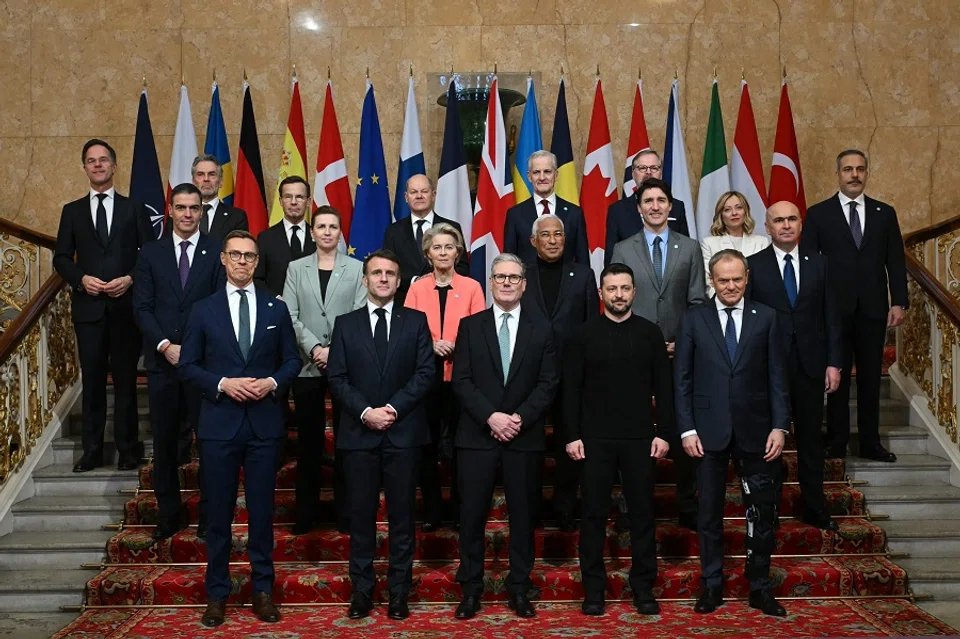
On 25 February, Lianhe Zaobao published an article titled “Is the US still a friend of the EU?” by Chieh-Yi Cheng. Cheng noted US President Donald Trump’s displeasure with the EU for “freeloa[ding] on US security and [taking] advantage of trade” and its “align[ment] with the woke culture he so detests”. She also wrote about JD Vance’s criticism of Europe for “straying from the Western values they shared with the US” and the view that America’s “biggest security threat is not Russia or China but ‘within Europe’ — the suppression of freedom of speech, blocking populist parties on the left and right from speaking out and threatening the freedom of religious conscience”.
Thus, the author concluded that the US-Europe relationship is disintegrating. Furthermore, history has proven that “the US and its allies going their separate ways is not news”, according to Cheng. For example, the US “abandoned the Kurds fighting ISIS or independently withdrew troops and allowed the Taliban to regain control of Afghanistan”, so Cheng argued that the US may well cast Europe aside this time round.
I do not agree with this point of view. Instead, my opinion is that US-Europe discord arising from the Trump administration’s decision to leave Europe out of its direct talks with Russia is merely another example of post-Cold War diplomatic tensions between both sides of the Atlantic.
Equal ally or hapless pawn?
The end of World War II marked the conclusion of Europe’s illustrious historical period that began with the Age of Discovery. As Henry Kissinger wrote in World Order, “Europe’s world-ordering material and psychological capacity had all but vanished”. Europe, having just escaped the clutches of Nazi tyranny, now faced the threat of a new hegemonic rule. The Soviet ideological and geopolitical threat compelled Europe to support the US in the US-Soviet rivalry.
With the 1948 Marshall Plan and NATO’s establishment in 1949, the US completed its strategic manoeuvring in Europe. From then on, it maintained an asymmetrical relationship with Europe. As Kissinger said, “What the United States understood by alliance was not so much countries acting congruently to preserve equilibrium as America as the managing director of a joint enterprise.”
Europe thus served as both a tool and a battleground in the US-Soviet rivalry.
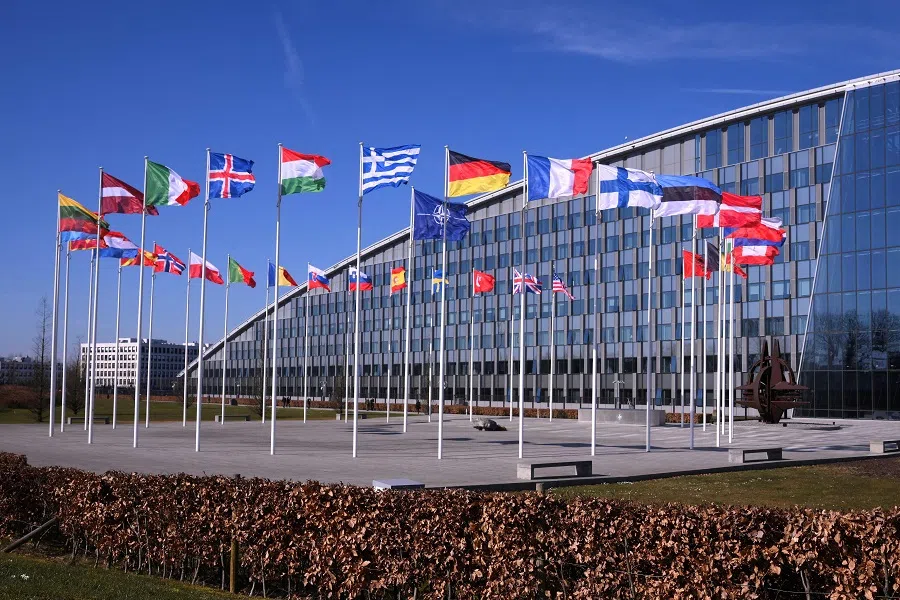
During the Cold War, the US countered the influence of the Soviet Union by supporting the joint action of European countries such as the European Coal and Steel Community. During that period, European countries led by France continued to strengthen their military prowess. Kissinger argued that their aim was not to prepare for a potential confrontation with the Soviet Union, but “to have a voice in the decisions of the ally — as an admission ticket, as it were, to discussions regarding the use of the American deterrent”.
So, while it seemed like the US and Europe were collectively dealing with the Soviet threat during the Cold War, the reality is that Europe was ensnared in the rivalry between the two due to its economic and security reliance on the US.
Europe thus served as both a tool and a battleground in the US-Soviet rivalry. In the end, cultural and ideological similarities brought Europe and the US closer. After the Cold War ended, the first significant conflict between the US and Europe emerged, centred on the debate of “NATO First” versus “European autonomy”.
Continuous American efforts to sabotage Europe
After the Soviet threat dissipated, the Americans pushed for NATO to switch from “collective defence” to “crisis intervention” and “regional security management”. To give Europe greater influence in issues like security and foreign relations, major European powers like France and Germany advocated for the establishment of a European defence system independent of NATO. In 1992, the Maastricht Treaty proposed a common foreign and security policy. Following the treaty’s enactment in 1993, the EU was born. The continent scaled new heights in integration and became more independent.
Concerned that the EU would weaken NATO’s dominance, the US emphasised “NATO First” and opposed the functional overlap between the EU military arm and NATO. The birth of the euro in 1999 and its encouraging prospects added to American woes.
At American instigation, NATO started the Kosovo War three months after the euro’s debut. This was the first crisis the EU faced after the creation of the euro, laying bare the difficulties in coordinating fiscal and security policies in the eurozone. This added to the initial devaluation pressures on the euro and reduced its impact on the dollar, allowing the dollar to retain its hegemony.
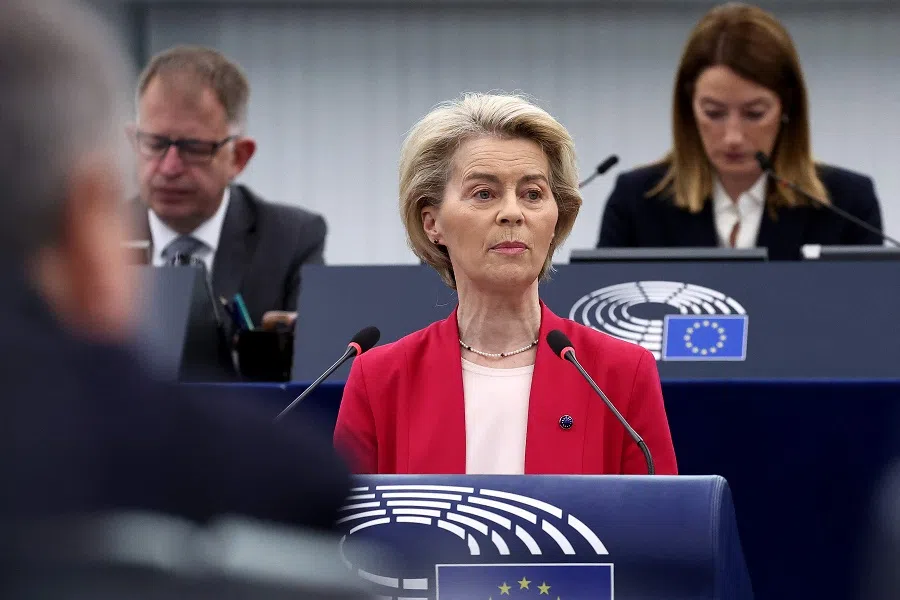
After the Cold War, the biggest rift in US-Europe relations occurred in 2003 when the US initiated the Iraq War. In 2004, the EU experienced its biggest expansion in membership as 10 former socialist countries and Soviet republics like Poland, Czechia, and the three Baltic states joined. The sudden increase in the EU’s population and economic size threatened the dollar’s hegemony once more.
On 20 March 2003, after faking evidence using laundry detergent, the US alleged that Iraq possessed weapons of mass destruction. It then bypassed the UN and joined hands with the UK, Australia, and Poland to attack Iraq. Categorising its European followers as the “new Europe”, the Bush administration also mocked European countries like France and Germany that opposed the Iraq War for being “old Europe”.
With the ongoing Russia-Ukraine War, it is unlikely that bilateral relations between Europe and Russia will improve in the short term. The pragmatic Trump administration has precisely targeted this window of opportunity to push for peace to maximise American benefits.
Growing European resentment
On the one hand, the US government had sought to use the Iraq War to disrupt European unity and sabotage EU expansion; on the other hand, it wanted to cement its dominance in the Middle East and control oil prices so that the EU — highly dependent on the region for its energy needs — would suffer economically.
On the surface, the Iraq war emphasised the differences between US and European foreign policy — the Americans favoured unilateralism and military measures, while the Europeans preferred multilateralism and international law. In reality, the war was an economic and financial assault by the US on the EU. The war not only affected the state of affairs in the Middle East, it also heightened transatlantic tensions.
Some argue that the 2009 European sovereign debt crisis and Brexit inadvertently served US interests by hindering further European integration and reinforcing the dollar’s dominance. Since then, Europe has faced challenges in posing a significant political or economic challenge to American hegemony.
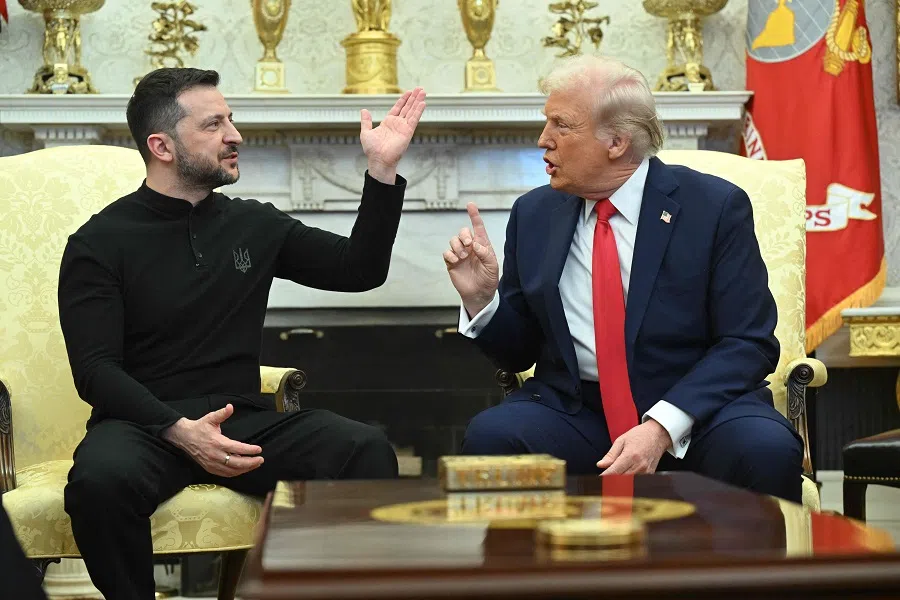
After World War II ended, Europe lacked both the military capability and desire to confront Russia alone. Instead, it has entrusted its security to the US. Even though the euro is currently the dollar’s biggest competitor, the EU and almost all of its members view diplomatic ties with the US as their top priority. After Brexit, neither the EU nor individual member states are willing and able to compete with the US for financial supremacy.
At the same time, the EU’s Franco-German engine has turned inwards to focus on domestic affairs, as foreign affairs take a backseat. With the ongoing Russia-Ukraine War, it is unlikely that bilateral relations between Europe and Russia will improve in the short term. The pragmatic Trump administration has precisely targeted this window of opportunity to push for peace to maximise American benefits.
It can thus be seen that conflict and friction between the US and Europe is nothing new. While Europe’s current displeasure with the US may appear to stem from security concerns, the reality is that it arises from emotional discontent due to perceived disrespect from the US. In time, as emotions settle, US-Europe relations will likely return to normal again.




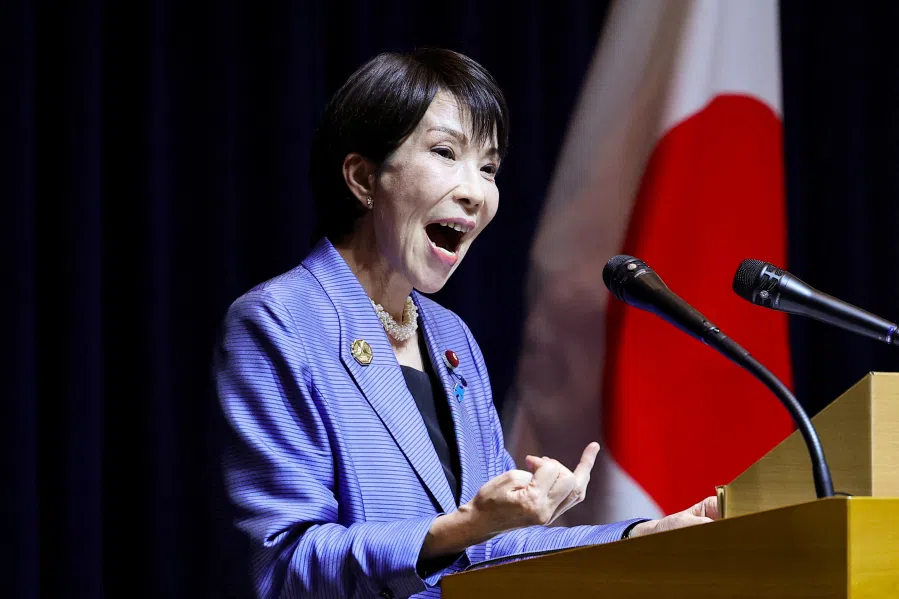
![[Big read] China’s 10 trillion RMB debt clean-up falls short](https://cassette.sphdigital.com.sg/image/thinkchina/d08cfc72b13782693c25f2fcbf886fa7673723efca260881e7086211b082e66c)